Cycling is becoming an increasingly common mode of transport in many of the busier cities of the world, so much so that many cities are implementing policies to promote cycling as a mode of transport
Some of the perks include the ability to avoid peak hour traffic jams, not having to fight for a parking spot and getting some exercise while making your way to your destination. Cycling is also a common form of exercise on its own. In this article, we will discuss why cycling is such a valued form of exercise and what muscles does cycling work. Do stay with us.
WHAT MUSCLES ARE TARGETED IN CYCLING?
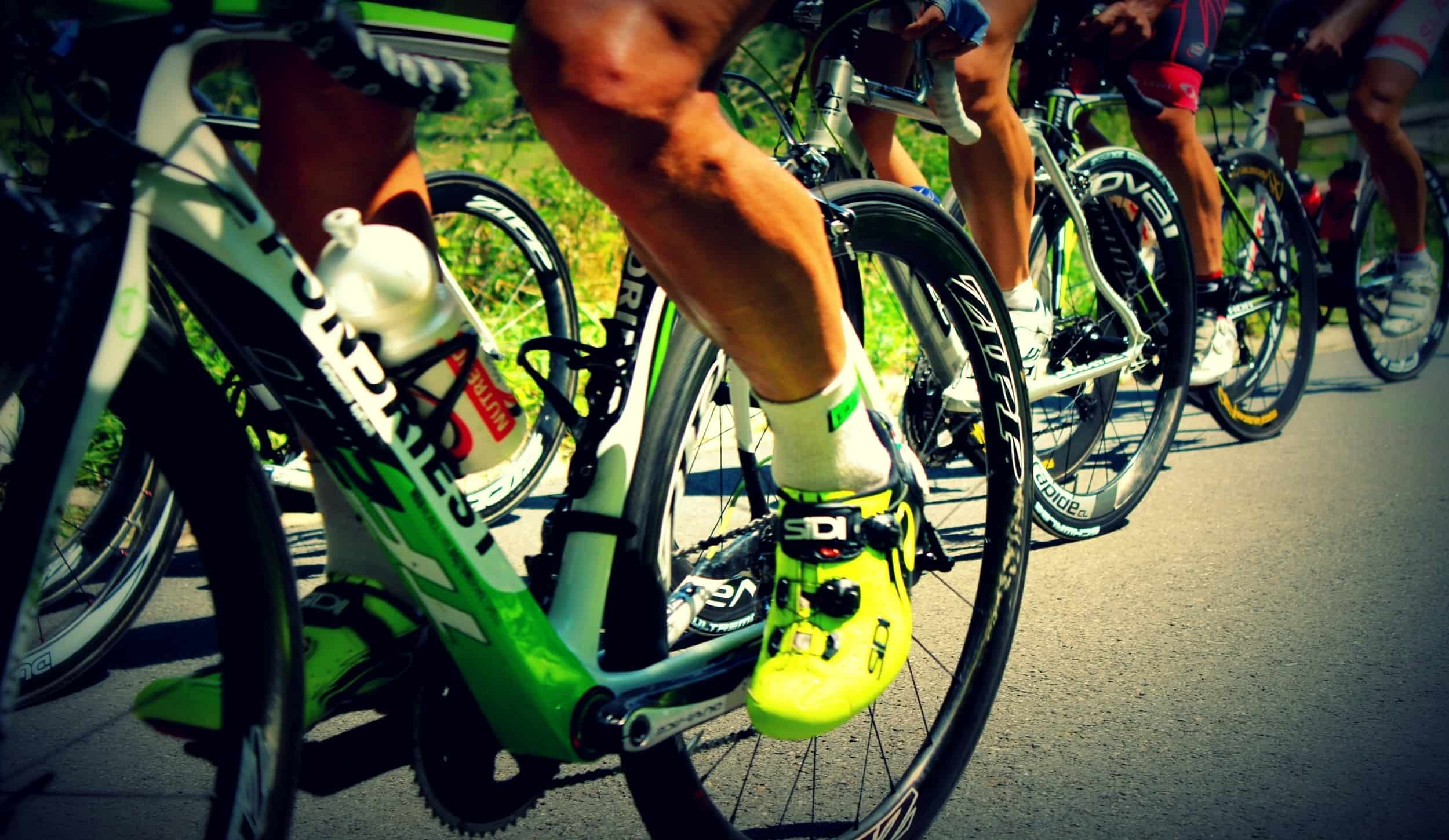
Cycling involves a sequence of movements at the hip, knee and ankle to create the pedalling motion that powers the bike. While the muscles in our upper body work to hold the handlebars and keep the body supported, and our core helps maintain our posture, it is the muscles of the lower body that are doing the functional work.
When looking at the muscles involved, we are going to break the cycling movement into upward and downward phases. In the downward phase, we are pushing down on the pedal moving from a bent leg position to a straight leg position. In the upward phase, we are using the momentum of the pedal to bring our knee up towards our body, into a bent leg position. The setup of a bike, such as the height of the saddle, can affect how much each muscle group contributes to the movements, however each muscle group still plays a part. Let us dive deep into what muscles does cycling work.
The Quadriceps
The quadriceps is not one muscle, but a group of four muscles (quad = four) which make up the front of the upper leg. On the outer edge of the upper thigh, we have the vastus lateralis muscle, and running down the inner thigh we have the vastus medialis. Down the middle of the thigh, we have the deeper lying vastus intermedius, and sitting on top of this we have the rectus femoris.
All four muscles of the quadriceps attach to various points on the pelvis, meaning that at the hip joint they help facilitate flexion.
In cycling, flexion of the hip occurs during the upward phase of the movement, as the knee comes up towards our body and reduces the angle at the hip joint. This is a low power movement as the upward force is generated by the downward force placed on the opposite pedal.
At the other end, the quadriceps come together to attach to the patella (kneecap). This means that the muscles also facilitate movement at the knee joint, this time being extension of the knee joint. Extension of the knee joint involves straightening out the leg, and occurs in the downward phase of the pedalling sequence. In cycling, this is a higher power movement, with force being required to drive the pedal down and create movement of the bike.
As you can see, when cycling, the quadriceps are working during all phases of the movement, facilitating movement at the hip on one side and the knee on the other side at the same time.
The Hamstrings
Similar to the quadriceps, the hamstrings are not just one muscle. The hamstrings are composed of three muscles located on the back of the leg. Each muscle originates on the pelvis and attaches to the lower leg. Medially (towards the middle inner thigh) are the semimembranosus and semitendinosus.
The semimembranosus lies deeper and consists of a larger muscle belly, while the semitendinosus sits on top, with a smaller muscle belly and long tendon. Both muscles attach to the tibia on the inner part of the back of the lower leg.
Laterally (towards the outer edge) we have the bicep femoris muscle, which is a muscle with two heads that originate on the pelvis and femur, and merge to form one muscle belly attaching to the fibula on the outside of the lower leg.
As with the quadriceps, because the hamstrings cross both the hip and knee joints they facilitate movements at both joints. The movements facilitated by the hamstrings are the opposite of the quadriceps, with extension of the hip and flexion of the knee facilitated.
In cycling, this means that the hamstrings are working at the hip during the downward phase of movement, extending the hip in conjunction with the quadriceps producing extension of the knee. At the knee, the hamstrings work to provide flexion in the upward phase of the movement, working in conjunction with the quadriceps producing flexion at the hip.
Consistent with the quadriceps, the hamstrings are working during both pedalling phases, facilitating movement of the hip on one side while producing movement of the knee on the opposite side.
Gastrocnemius and Soleus
The gastrocnemius and soleus are accessory muscles in cycling, as they are not the main generators of movement but contribute to the actions of the hamstrings and produce the smaller movement at the ankle joint.
The gastrocnemius (commonly referred to as the ‘calf’) originates as two muscle heads just above the back of the knee and provides assistance to the hamstring in flexing the knee during the upward phase. The muscle heads combine below the bulk of the calf to form the achilles tendon, which attaches to the base of the heel. At the ankle joint, the gastrocnemius facilitates plantar flexion (pointing the toes down towards the ground), a movement that occurs during the upward phase.
The soleus sits deep to the gastrocnemius and originates below the knee joint, meaning it does not play a part in movement of the knee. The soleus joins with the gastrocnemius to form the achillestendon, aiding the gastrocnemius in producing plantar flexion of the ankle.
WHAT ARE THE BENEFITS OF CYCLING?
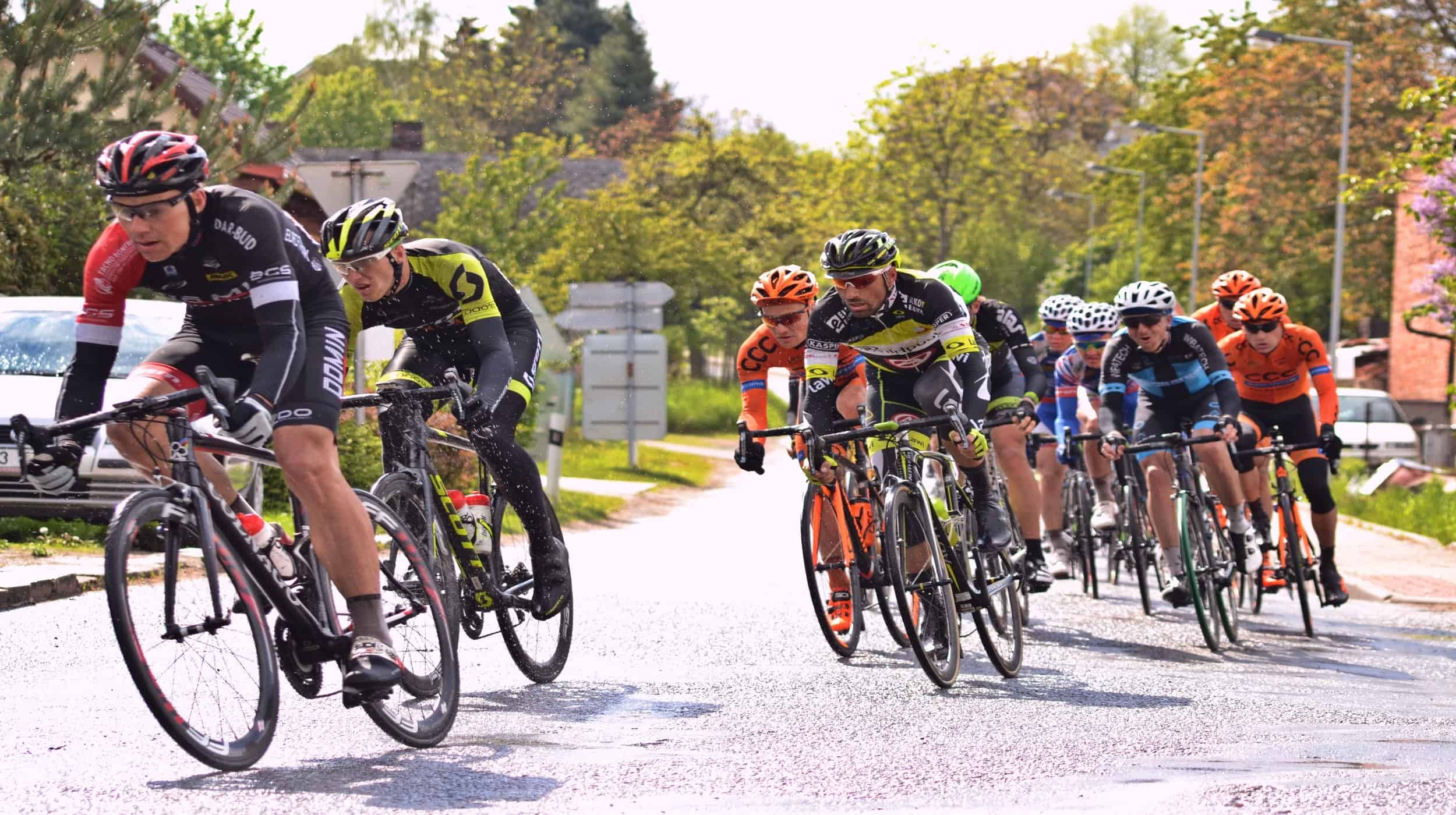
At this point, you may wonder with the target of so many muscles, what benefit do we get exactly from cycling? Studies have shown that cycling promotes better overall health. Few benefits are highlighted as follows:
Improves Cardiovascular Health
Cycling is a great, low impact exercise which helps getting the heart rate up and building up aerobic fitness. Studies have shown that regular cycling can improve Cardiovascular fitness and reduce the risk of cardiovascular related conditions.
One of the main reasons is that the muscle groups used in cycling involve large muscles, which impart an increased cardiovascular load, promoting increased blood flow and caloric expenditure (aiding with weight loss).
Improved cardiovascular fitness refers to improved functioning of a number of organs within the body, including the heart, lungs and blood vessels. When performing aerobic exercises, you are improving your body’s ability to transport oxygen around the body. This puts less stress on the heart, as it doesn’t need to work as hard to get the required oxygen to the working muscles – both when exercising and when going about normal daily duties.
Enhances Strength
Whilst mainly an aerobic style of exercise, cycling has also been shown to increase strength in the main muscles involved. In people with injuries that can be aggravated by impact, such as knee and ankle injuries, cycling can be a great low impact solution to maintain strength in the muscles surrounding the joint.
Studies have shown that the controlled stress on the knee structures during cycling, combined with the benefits of strengthening the surrounding muscles provides better rehabilitation outcomes. Strength can be further developed through added resistance, such as uphill cycling.
The strength of the involved muscles, particularly the quadriceps and hamstrings, are important for long term functionality and health, especially as we age. Maintaining strength in these muscles helps provide support to the joints, reducing the load and degeneration over time that commonly occurs (such as osteoarthritis).
Promotes Mobility
Maintains Fitness and Well-Being
Because of the above benefits, cycling can be used as a great way to maintain fitness when load bearing aerobic exercises (such as running) aren’t able to be performed. This may be because of an injury that makes running painful, or a chronic condition such as osteoarthritis which is characterised by inflammation of the joints.
Studies have found that regular cycling by those with osteoarthritis leads to improved function and reduced joint pain. The movements involved help take the joints through their range of motion without impact, promoting mobility of the joint, and strengthening the muscles that support the joint.
When joint pain or injury stop someone from performing other forms of exercise, cycling is a great way to still ensure the same benefits are being had, and that the overall function of the involved joints is maintained. This prevents recovery from an injury, for example, from being complicated by other impacts such as loss of strength, mobility and cardiovascular fitness.
SAFETY TIPS
It is important that you consider your own safety when cycling to prevent injury occurring, whether using a stationary bike or cycling in public:
Wear Visible Clothing
It is important to consider how easy you will be able to be seen, especially when riding near or on a road. Consider wearing bright colours, or something reflective, and avoid wearing dark colours that may make you hard to see.
Start With Warm Up
Whether riding on a stationary bike or on a bicycle, it is important to start slow and allow the body to warm up first. You may wish to start with a short, easy ride and stop and stretch before getting into anything more strenuous, or you may wish to gradually increase the intensity as your body warms up. The warmup is important for promoting blood flow to the working muscles, preparing them for more strenuous activity and reducing the risk of sustaining a muscle strain injury.
Wear a Helmet
Ensure Correct Setup
Make sure that the seat and handlebars are at a comfortable height, and allow you to maintain good posture while cycling. Having the seat too high, or handlebars too low may result in slumping and could increase the risk of sustaining a back strain.
KEY TAKEAWAYS
Cycling can be used as an aerobic exercise that works the quadriceps, hamstrings, gastrocnemius and soleus muscles and provides a wide range of benefits, including strengthening these muscles. Additional benefits include improved mobility of the hip, knee and ankle joints, and reduced pain in people with osteoarthritis in the joints.
Cycling is becoming a more common form of transport as well, combining exercise with a method of getting to a destination. This is being encouraged more and more, with an increase in directives for new buildings in many places requiring improved end of trip facilities to allow riders a place to store their bikes and prepare for work.
There are safety considerations to keep in mind, including ensuring a suitable bike set up and appropriate warm up is performed. When using cycling as a method of transport, or cycling for leisure on roads or footpaths, it is important to always wear a helmet and ensure you are easily visible to others.
Article Sources
HealthxTips is committed to delivering content that adheres to highest standard for accuracy, sourcing and objective analysis.
HealthxTips uses only high-quality and trustworthy sources to support the facts in our articles.
1. Børrestad, L. A., Ostergaard, L., Andersen, L. B., & Bere, E. (2012). Experiences from a randomised, controlled trial on cycling to school: does cycling increase cardiorespiratory fitness?. Scandinavian journal of public health, 40(3), 245–252. https://doi.org/10.1177/1403494812443606
2. Brown, M. (2013, July 1). Effects of walking, jogging and cycling on strength, flexibility, speed and balance in 60- to 72-year olds. Aging Clinical and Experimental Research. https://link.springer.com/article/10.1007/BF03324197
3. McLeod, W. D., & Blackburn, T. A. (1980). Biomechanics of knee rehabilitation with cycling. The American journal of sports medicine, 8(3), 175–180. https://doi.org/10.1177/036354658000800306
4. Oja, P. (2011, April 18). Health benefits of cycling: a systematic review. Wiley Online Library. https://onlinelibrary.wiley.com/doi/abs/10.1111/j.1600-0838.2011.01299.x
5.Susan Handy, Bert van Wee & Maarten Kroesen (2014) Promoting Cycling for Transport: Research Needs and Challenges, Transport Reviews, 34:1, 4-24, DOI: 10.1080/01441647.2013.860204


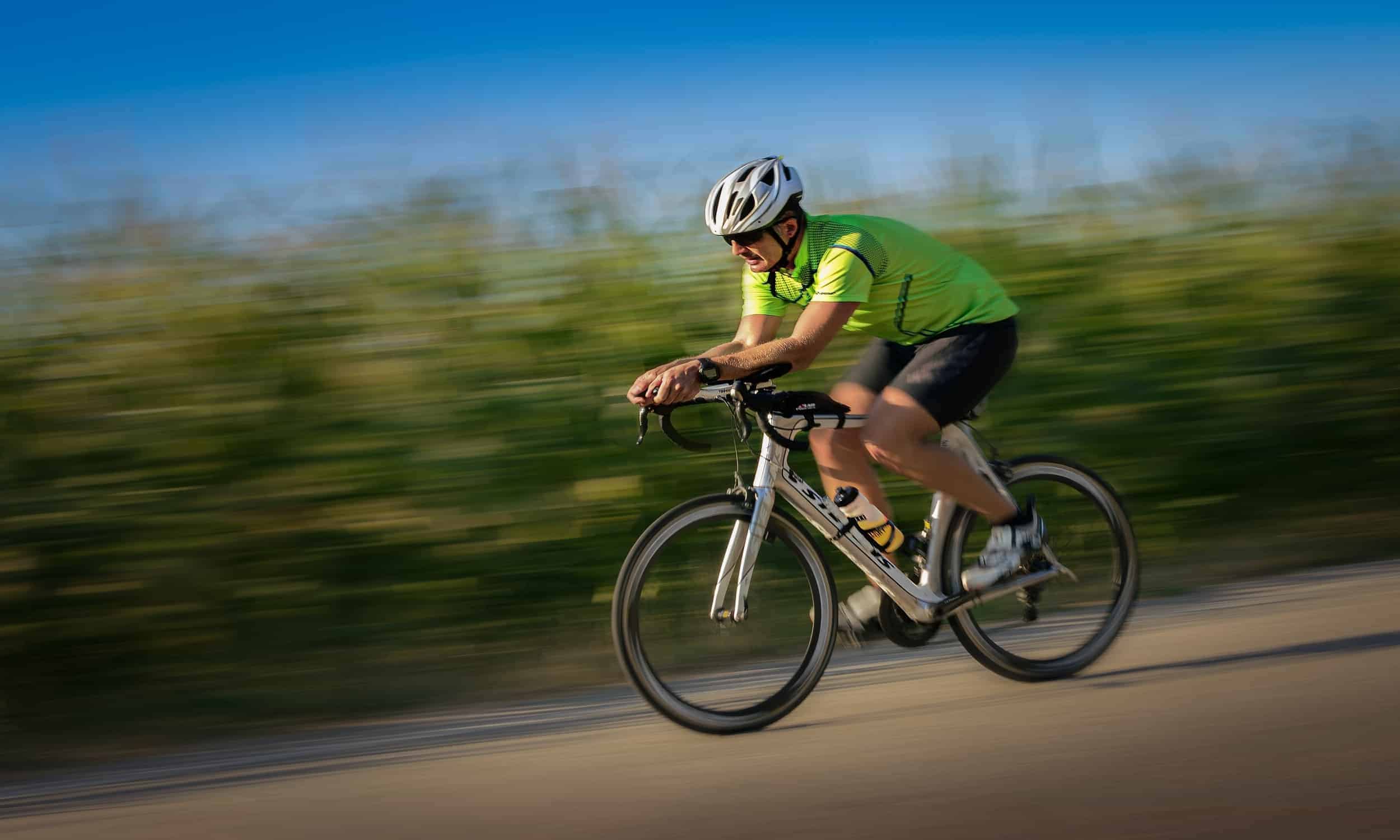


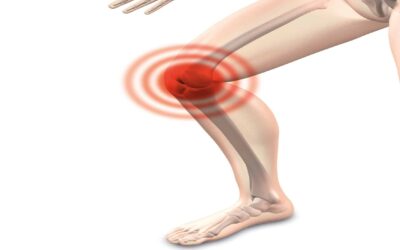
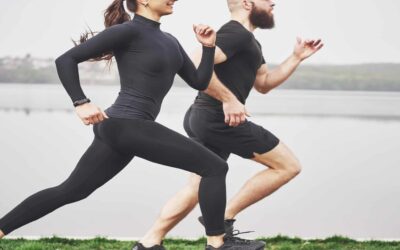
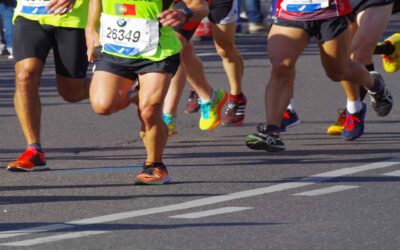
0 Comments